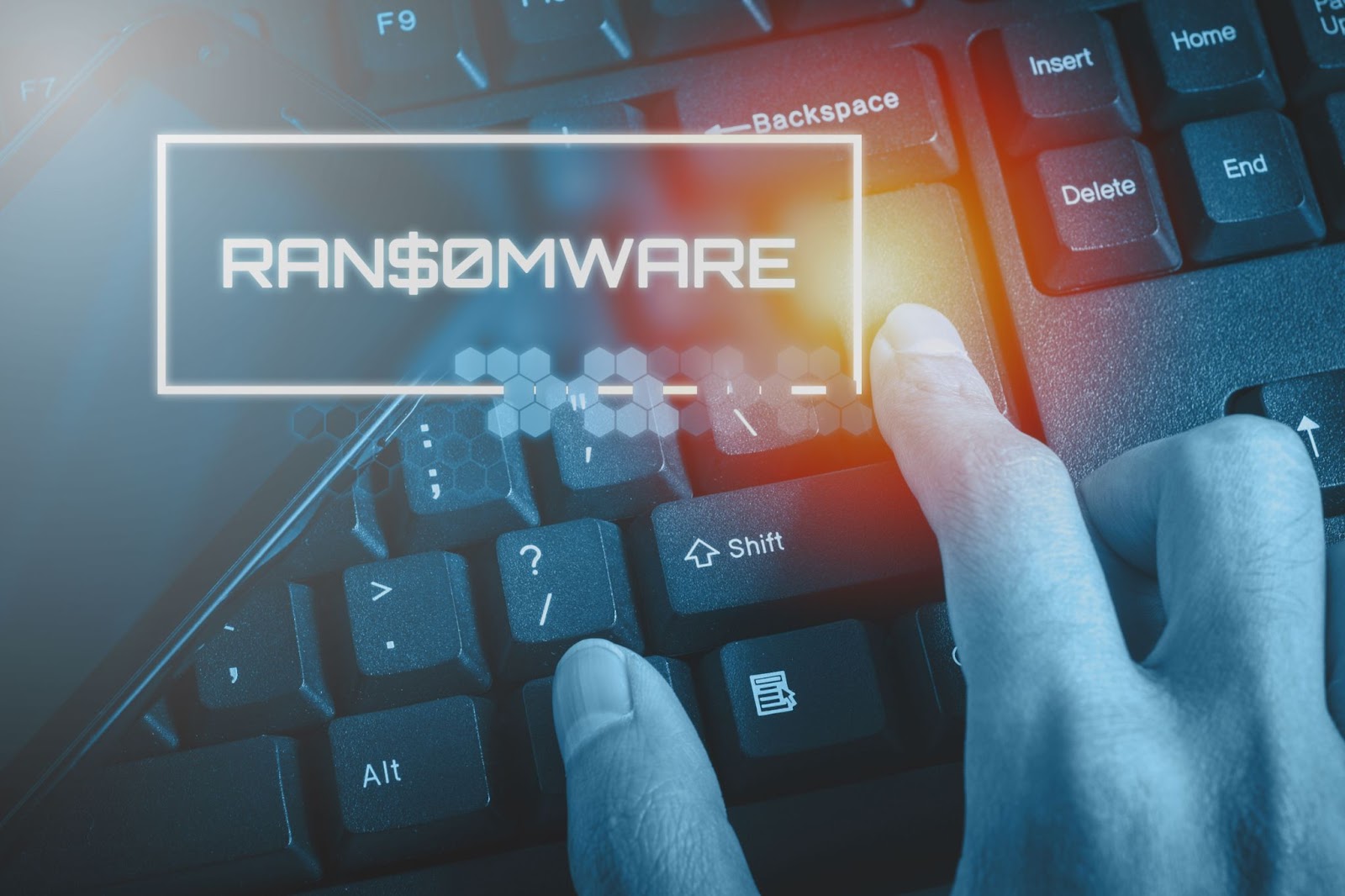Cybersecurity threats like ransomware have become alarmingly frequent, causing significant concern for both individual users and large organizations. With the growth of this threat, understanding ransomware removal becomes indispensable. Let’s explore this topic in depth.
Ransomware Removal: Protecting Your Digital Assets
Ransomware attacks have evolved over the years, becoming more sophisticated and damaging. In the face of such attacks, knowing how to safeguard your digital assets and, if need be, retrieve them is of paramount importance. Our focus in this guide is to provide you with clear, actionable steps for ransomware removal and to introduce you to the best tools for the job.
Understanding Ransomware
For effective prevention and removal, one must first understand the enemy:
• Nature of Attack: Ransomware is a type of malicious software that restricts or blocks users from accessing their systems, typically by encrypting their data.
• Demand for Ransom: The attacker then demands a ransom, typically in cryptocurrency, in exchange for a decryption key.
• No Guarantees: Even after payment, there’s no certainty that the attacker will provide the decryption key. Hence, a reliable ransomware removal tool is crucial.
The Need for a Ransomware Removal Tool
In an ideal world, prevention would be enough. However, in the real world, attackers often find a way. When they do, a ransomware removal tool becomes your knight in shining armor. But how do you pick the right one?
• Compatibility: Always ensure the tool is compatible with your operating system to function effectively.
• Reputation & Recommendations: Research and opt for tools that come highly recommended by cybersecurity experts.
• Real-time Monitoring: The tool should provide active surveillance to detect and neutralize threats before they cause damage.
• Frequent Updates: With new ransomware variants emerging, the tool should offer regular updates to combat the latest threats.
Ransomware Removal: A Step-by-Step Guide
Here’s a structured approach to tackle a ransomware infection:
• Safe Mode Booting: Start by rebooting your system in safe mode. This basic step prevents the ransomware from taking complete control during the
removal process.
• Isolation: Disconnect the infected device from any networks and other devices. This prevents the spread of the ransomware.
• Backup: It might seem counterintuitive, but backup your encrypted files. In some cases, decryption tools might need an original encrypted file
for comparison.
• Deploy your Ransomware Removal Tool: Initiate a comprehensive scan to identify and subsequently remove the ransomware.
• Software Updates: Once cleaned, ensure all your software, especially your OS and security software, are up-to-date.
• Notify Law Enforcement: Always report the incident to relevant authorities. They may offer additional guidance and can work towards apprehending
the culprits.
Proactive Prevention: Steps to Mitigate Ransomware Risks
While removal is essential, prevention is still the best line of defense:
• Educate & Train: If you’re an organization, train your employees about the dangers of phishing emails and suspicious downloads.
• Robust Security Suite: Invest in comprehensive security solutions that offer real-time protection against threats. SUPERAntiSpyware has been protecting millions of users for over two decades. Find out more about our powerful security solutions.
• Regular Backups: Ensure you have regular backups of your data, preferably in an offline environment.
• Software Updates: As reiterated, always keep your software updated. Many ransomware attacks exploit known vulnerabilities in outdated software.
The Rising Cost of Ransomware Attacks
In recent years, the global community has witnessed an alarming surge in ransomware attacks. According to recent cybersecurity reports:
• Financial Impact: Ransomware attacks are expected to cost global businesses over $20 billion annually. This figure has grown exponentially from just a few hundred million dollars a few years ago.
• Frequency of Attacks: A ransomware attack is predicted to occur every 11 seconds by 2023, making it one of the most frequent cyber threats.
• Healthcare on Target: One of the most targeted sectors has been healthcare. The urgency to access patient data makes hospitals prime targets for cybercriminals looking to deploy ransomware.
Diverse Ransomware Strains
Ransomware has evolved, and multiple strains have been identified by cybersecurity professionals:
• CryptoLocker: One of the first significant strains that started the ransomware wave. It encrypted files and demanded Bitcoin as ransom.
• WannaCry: This global menace affected over 200,000 computers worldwide in 2017, leveraging a Windows exploit.
• NotPetya: Initially disguised as ransomware, its primary purpose was to wipe data, rendering systems useless.
Understanding these strains and their modus operandi can help in developing targeted removal and prevention strategies.
The Ethical Dilemma: To Pay or Not to Pay
Victims of ransomware face a moral and financial quandary: Should they pay
the ransom?
• Fueling the Cycle: Paying the ransom might offer a quick fix, but it also emboldens cybercriminals to continue their operations and target others.
• No Assurances: There’s no guarantee that paying will lead to the decryption of data. Some victims have reported paying, only to receive additional
ransom demands.
Security experts often advise against paying ransoms. Instead, focusing on prevention, regular backups, and the use of decryption tools can offer a way out without capitulating to cybercriminals.
Final Thoughts
As we journey further into the digital era, cyber threats, including ransomware, will remain at the forefront of challenges we must address. It requires a collective effort, from cybersecurity professionals developing advanced removal tools to individuals and corporations adopting robust cybersecurity measures. Together, we can hope to curb the menace of ransomware and secure our
digital future.
There’s no foolproof way to prevent ransomware, but SUPERAntiSpyware gives you the tools you need to stay ahead of threats. Download a free edition today.

